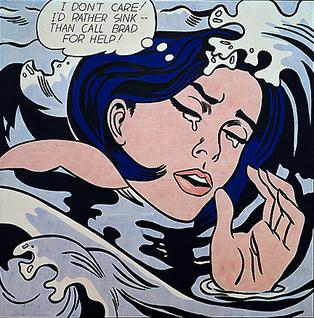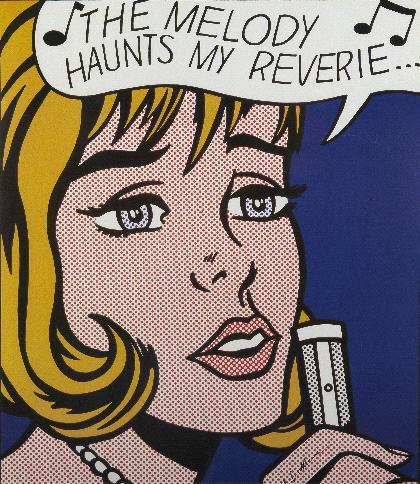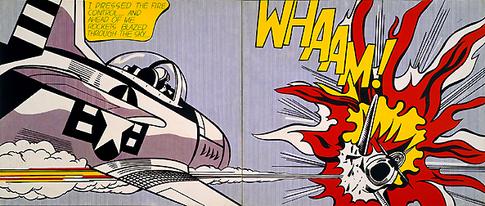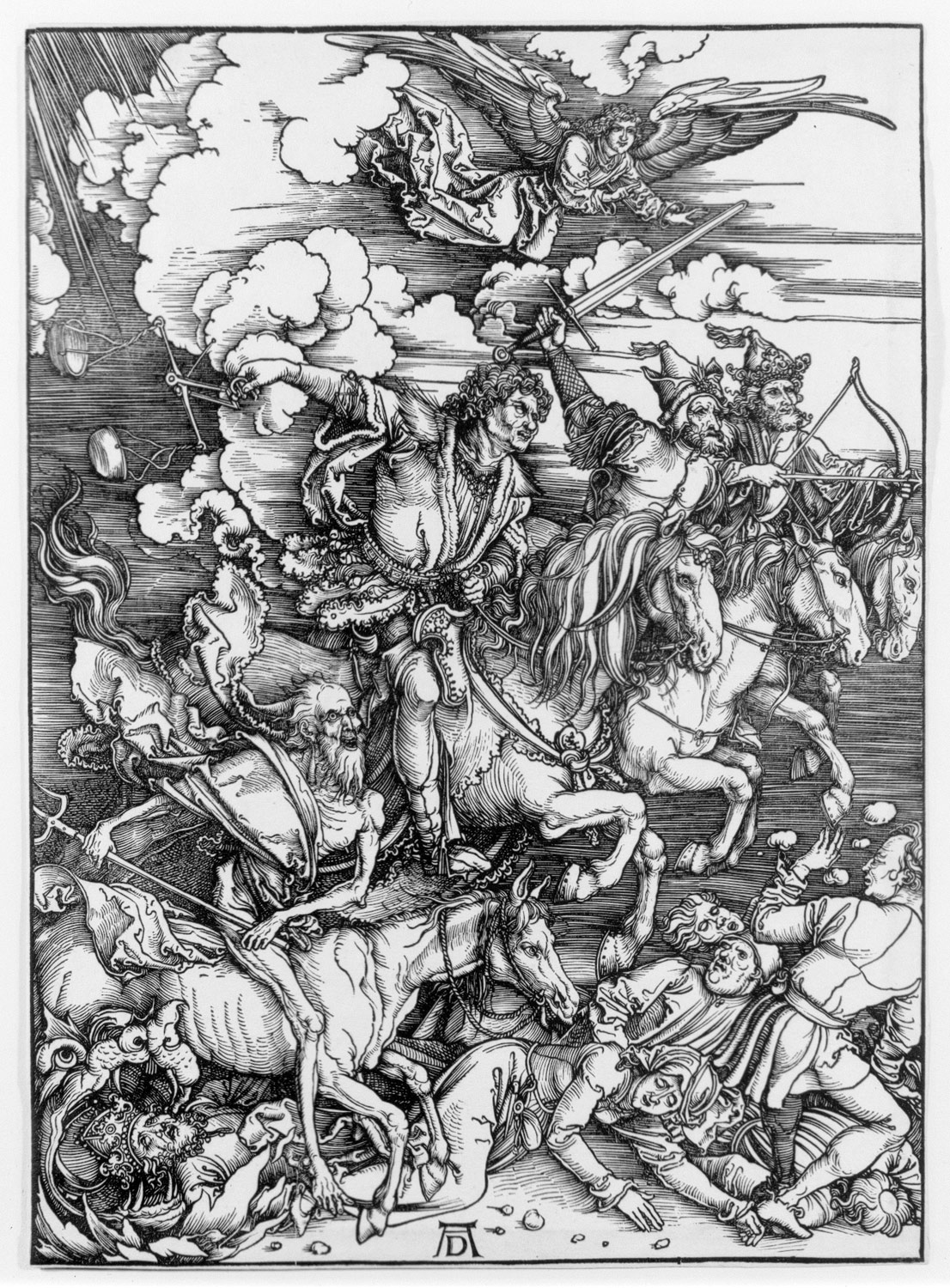Frankenthaler in 1956
My fieldwork III lesson for this semester was in a drawing and painting II class with high school students of mixed grades. It was important for me to think of a three day lesson that went with the flow of my cooperating teacher's unit so it would help students strengthen what they were already learning in the class. I learned that the students were going to begin working on paintings influenced by the abstract expressionist painter Robert Rauschenberg, who is an artist we briefly discussed in Theory and Practice.
I wanted to keep the theme of abstract expressionism, so I did a little bit of research as to other artists within this art movement. While I was doing this research, I came across a book at a yard sale called Art Effects. The book contains different effects you can create when you combine paint mediums with unconventional materials.
As a student who has her roots in photography, I am always searching for new ways to learn more about other ways to create art.
It's amazing where you can get ideas for art lessons.
Reading this book combined with my discovery of American artist Helen Frankenthaler helped me form my lesson plan for abstract expressionist landscape paintings.
Some of Frankenthaler's landscapes:
Untitled 1984
 Nature Abhors a Vacuum 1973
Nature Abhors a Vacuum 1973
Southern Exposure 2005
Some of my teacher samples for the lesson:
 Created with concentrated watercolor inks, wax paper, and cellophane.
Created with concentrated watercolor inks, wax paper, and cellophane.
My lesson explores the spontaneous, improvised, and process-oriented aspects of abstract expressionistic painting, as well as deliberate choices we can make as artists in terms of color (warm and cool), horizon line, and what the emphasis in the landscape can be. I am very excited to talk more about how it went when it comes time to present our fieldwork experiences.




















